

on 07/12/2013
Pages: 272
Format: eARC
Buy on Amazon • Series Reading Order •
t has become an axiom in comic studies that "comics is a language, not a genre." But what exactly does that mean, and how is discourse on the form both aided and hindered by thinking of it in linguistic terms? In Comics and Language, Hannah Miodrag challenges many of the key assumptions about the "grammar" and formal characteristics of comics, and offers a more nuanced, theoretical framework that she argues will better serve the field by offering a consistent means for communicating critical theory in the scholarship. Through engaging close readings and an accessible use of theory, this book exposes the problems embedded in the ways critics have used ideas of language, literature, structuralism, and semiotics, and sets out a new and more theoretically sound way of understanding how comics communicate.
Comics and Language argues against the critical tendency to flatten the distinctions between language and images and to discuss literature purely in terms of story content. It closely examines the original critical theories that such arguments purport to draw on and shows how they in fact point away from the conclusions they are commonly used to prove. The book improves the use the field makes of existing scholarly disciplines and furthers the ongoing sophistication of the field. It provides animated and insightful analyses of a range of different texts and takes an interdisciplinary approach. Comics and Language will appeal to the general comics reader and will prove crucial for specialized scholars in the fields of comics, literature, cultural studies, art history, and visual studies. It also provides a valuable summary of the current state of formalist criticism within comics studies and so presents the ideal text for those interested in exploring this growing area of research
I received this book for free from in exchange for an honest review. This does not affect my opinion of the book or the content of my review.
Review by Travis Starnes
I recently got a hold of a copy of Comics and Language: Reimagining Critical Discourse on the Form and was genuinely excited to read it. I do a lot of study on the medium thanks to a project I have been working on for several years and consider myself well versed on the subject and am always looking for new ways to examine the art form. Although not a long time comic person as it has only been the last few years that I revisited comics since I was a child. This book was marked that it would “appeal to the general comics reader” and seemed like a great way to start a new direction in conversations on comics.
Unfortunately neither the marketing nor the book lived up to even my least expectation. This book reads like someone published their English doctoral thesis, in fact I have a strong feeling that is exactly what this book is. The way this book is presented only someone who loves to study the structure of English and the syntax of language would enjoy it. This is a book for scholars, and that is it. The “general comics reader” would not make it through the first 5 pages. The language is purely academic and dry. Getting through this book was a study in determination for me and I don’t image anyone would read this book for fun. Miodrag is an excellent writer in a technical sense but in no way a writer in the entertainment sense.
Miodrag clearly has some understanding of comics; I will not fault her for that. She does have some interesting ideas on the structure of comics as it relates to language, the spatiality of text, and the use of images as language. I couldn’t agree more with her theories on much of that; however I do have some trouble with her overall approach.
While she does examine some seminal works in comics she mixes these with using comic strips to back up her arguments. The problem is that the Comic Book /Graphic Novel and the Comic Strip are two very different mediums.
If you like studies of the English language then this is a book for you, otherwise skip this unless you need a sleep aid.





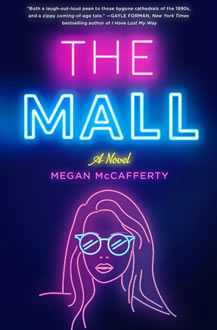
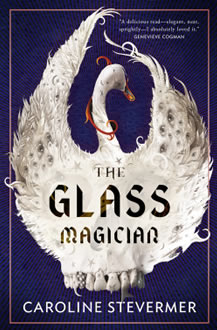
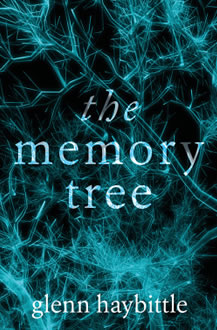

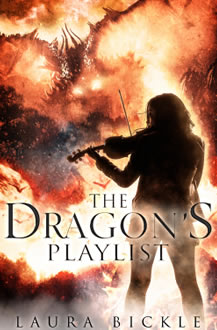
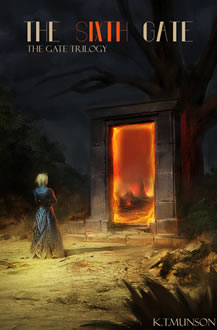

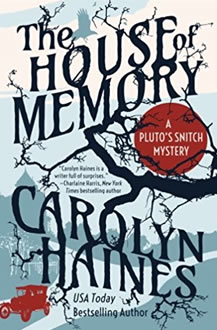
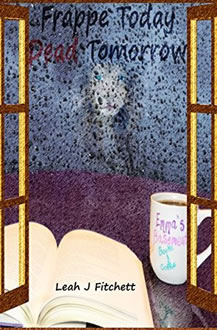
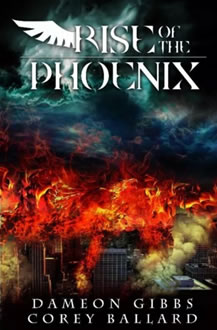
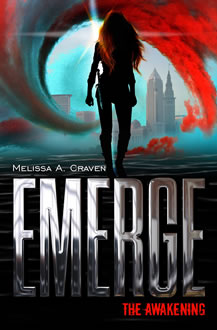
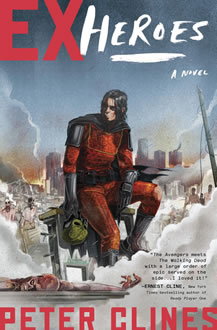
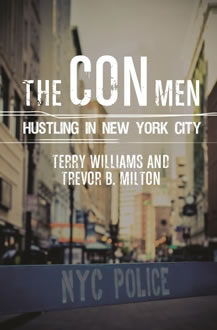
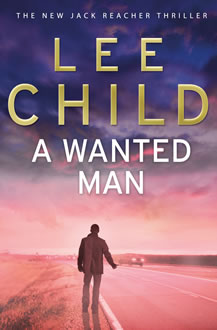
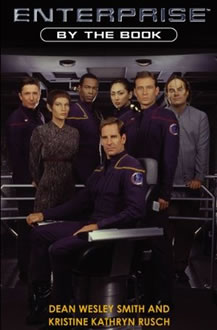
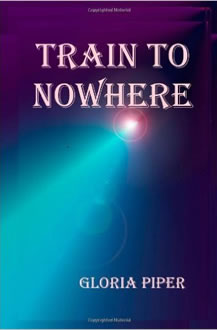




Mandy
It seems odd that someone writing a dissertation on this topic wouldn’t point out the distinction between comic strips and comic books as part of her discussion. I think authors/artists have different challenges when it comes to communicating through, say, a one-off comic strip, a serial comic strip, a one-off graphic novel, or a series of comic books.
I think it’s hard to take a piece of academic writing and adapt it for a wider reading audience, which is a shame because interesting ideas come up in academic research; it’s just hard to sit down and read that style of writing.
Now the cool thing would be if a new edition of Hannah Miodrag’s book came out in which she explored these ideas in an illustrated format.